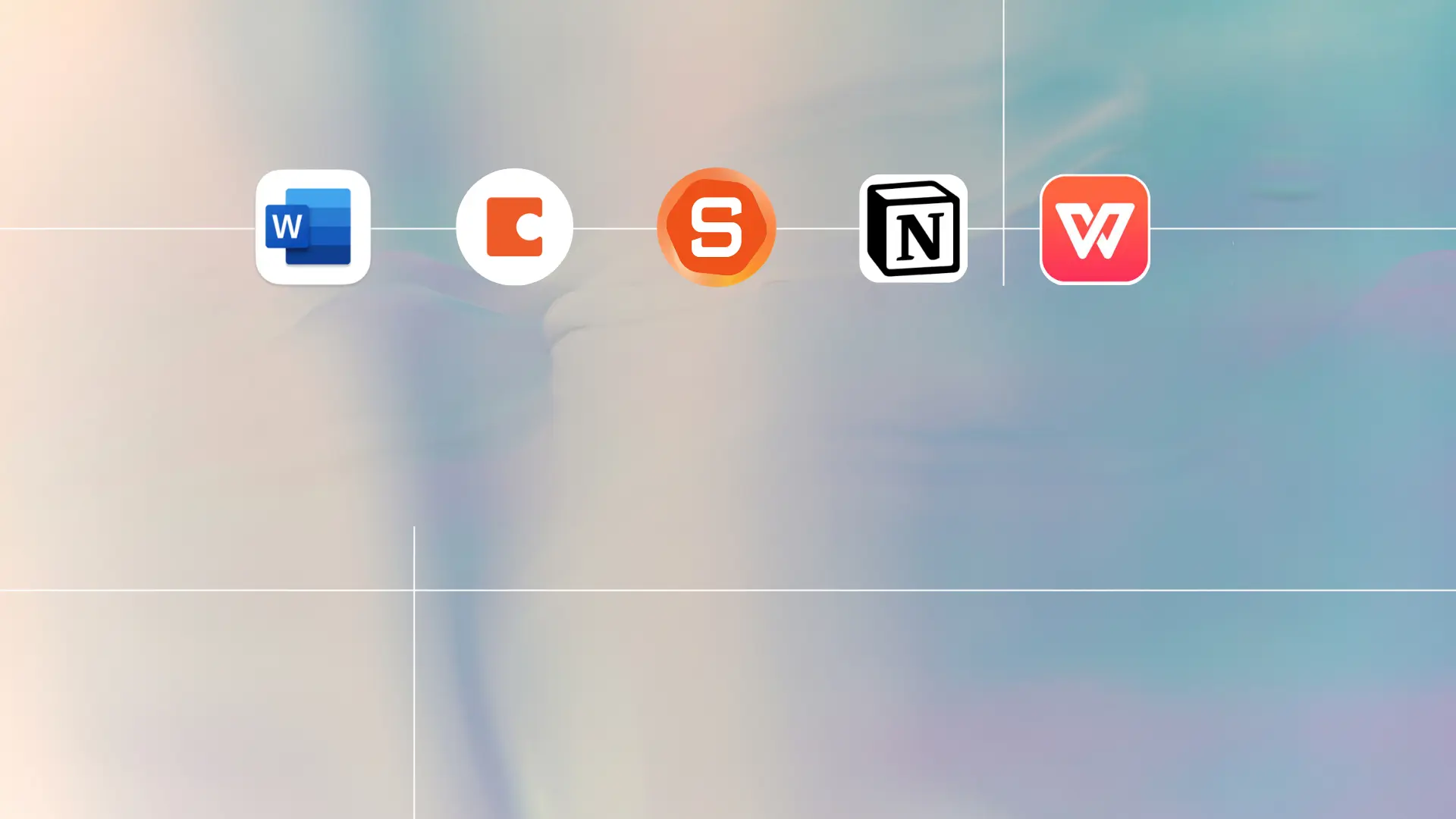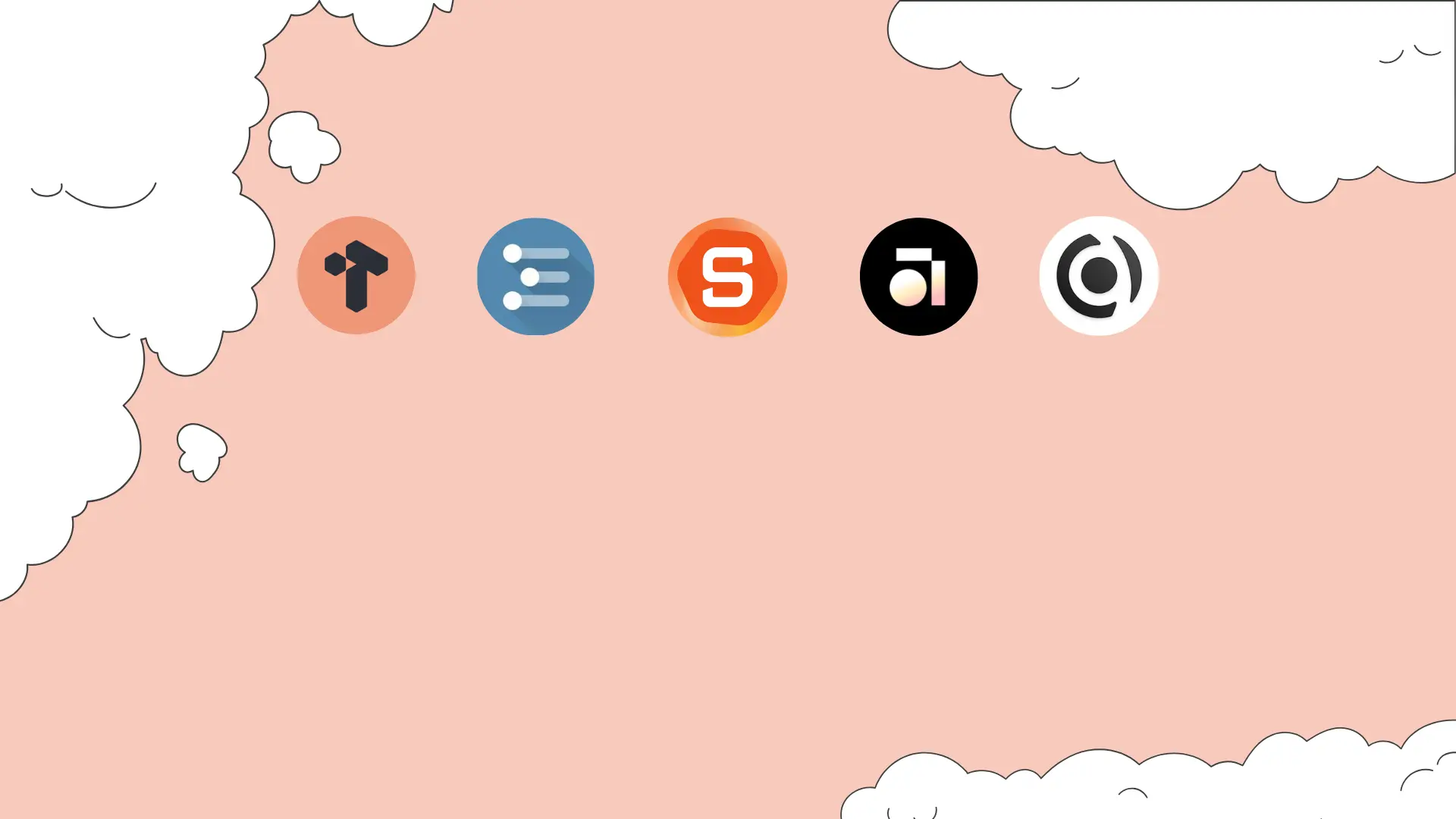ADHD Student: 9 Simple Strategies Supporting Students with ADHD
Hey there! If you are here, I assume that you’re feeling the weight of your ADHD as you try to keep up with your studies.
In the post we will provide simple strategies for students with ADHD and ways Adult do to support students with ADHD
I. What is ADHD?
Attention-deficit/hyperactivity disorder (ADHD) is a neurodevelopmental disorder that can cause individuals to experience limited impulse control, difficulty focusing, and/or hyperactivity that interferes with their daily functioning. Others with this diagnosis may become hyperfocused on particular interests and activities that increase their dopamine levels.
This range of symptoms typically makes it hard for children with ADHD to sit still and pay attention in school. According to the Centers for Disease Control and Prevention (CDC), nearly 10% of students aged 3–17 in the United States have been diagnosed with ADHD.
II. How ADHD affects students

Understanding the challenges you are facing is the first step in finding solutions to overcome them as students
Difficult to Attention and Focus
Key signs of ADHD include difficulty concentrating and staying on task.
It may be difficult to keep your attention during school activities, which means you may not grasp all the instructions or steps needed to complete your work.
Another aspect of ADHD is called hyperfocus: This means that sometimes you can get really engrossed in activities you love, like playing soccer, to the point where you lose focus on everything else. However, when doing schoolwork, you may only be able to concentrate for a short period of time.
But here’s the cool thing about hyperfocus: it can actually be a positive trait of ADHD when managed well. For example, if you’re really passionate about science, this intense focus can help you excel and feel good about your achievements in that field.
Difficulty with task completion and follow-through
Also a problem with concentration, with ADHD you often have difficulty completing and following tasks, meaning you may start a task but leave it halfway to explore something else.
School tasks are often expected to be completed sequentially, rather than concurrently. ADHD learners may struggle with this skill and may be left with unfinished assignments as a result.
Students with ADHD often have difficulty organizing tasks and prioritizing information, and you will often not know where to start.
-> This affects how you organize what is important in doing the assignments and identifying important concepts
Impulsivity and Self-Control
Impulsivity is another hallmark of ADHD in students.
In the classroom setting, you can talk out of turn and inability to sit still. It can also mean talking when the class is meant to be silent.
You can also struggle to follow social norms and behaviors.
For example, you may unintentionally play too rough with friends, you may talk too loud or talk over their friends.
-> This can cause conflict and tension. It can lead to you feeling left out.
Hyperactivity
Students with ADHD often experience hyperactivity.
Have you ever felt fidgeting, wiggling, and difficulty staying still? You desire to move.
Hyperactivity can especially impact ADHD learners during tests and presentations.
Your need to fidget and move may also be distracting to other students and can impact the classroom environment as a whole.
Because of these issues, navigating a structured classroom environment can really be a challenge for students with ADHD
But don’t worry, there are plenty of helpful strategies out there! And we have some great tips and strategies for you here too! Let’s explore together
III. Learning Strategies for Students with ADHD

Here are some effective learning strategies tailored to help students with ADHD succeed:
ADHD Coping strategies for Procrastination
Procrastination can be turned into productivity by applying effective strategies for getting started on tasks.
Strategy 1: Prioritize tasks
When you are faced with multiple demands at the same time (doing homework or playing sports, cleaning the house, etc.) you are unable to make decisions – unable to choose between tasks because they all seem equally urgent or important.
You should do:
- Start by writing down every task, regardless of size or importance.
- Then, categorize these tasks using tools like the Eisenhower Box or the “urgent-important matrix,” which helps prioritize effectively. This method divides tasks into four categories:
- Urgent and important: Take care of these tasks immediately.
- Not urgent but important: Plan to do these things later.
- Urgent but not important: Delegate these tasks if possible.
- Neither urgent nor important: Consider eliminating these tasks.
By organizing tasks this way, you create a clear plan of action, distinguishing between what needs immediate attention and what can wait, making it easier to start tasks.
Strategy 2: Break tasks into smaller pieces
A typical challenge of ADHD is viewing tasks as an overwhelming whole instead of a series of manageable steps, leading to overthinking and procrastination.
You should do
- Outline small, manageable goals: Instead of viewing the task as a monolithic obstacle, break it down into smaller, achievable goals.
- Write down each step necessary to complete the overall task. This analysis not only makes the task seem more manageable, but also provides clear, actionable steps to reduce the mental stress of getting started.
Managing focus with ADHD
Concentration can be a significant challenge for students with ADHD, but it’s also an area in which it’s possible to excel, especially when engaging in activities you find enjoyable.
Below are two strategies that can help manage focus effectively.
Strategy 1: Record distractions
Create a distraction notebook: Instead of resisting all distractions, develop an understanding of what typically distracts you. Use a “Distraction Notebook” to manage interruptions. Whenever a distracting thought appears, quickly write it down and then return to your main task.
This approach serves a dual purpose:
- Note: Writing down the distraction will reduce its urgency and persistence.
- Delay exploration: By recording it, you ensure that you can revisit that thought later without fear of forgetting it.
-> This method helps train your brain to see distractions not as interruptions but as opportunities to explore later.
Here’s some tools can help you reduce distraction, you can consider and try
Strategy 2: Use a timer
For people with ADHD, the concept of time often seems abstract, making prolonged concentration difficult and sometimes leading to avoidance or rapid exhaustion.
You should do
Implement the Pomodoro Technique: This time management strategy involves short periods of intense focus (usually 25 minutes), followed by a 5-minute break. This cycle repeats throughout the work period, with every fourth break lasting up to 15 minutes.
This technique takes advantage of the high energy and natural attention span typical of the ADHD brain, making tasks more manageable and less difficult. It turns work into a series of manageable “sprints” instead of one long “marathon.”
By incorporating these strategies into your study routine, you can manage your focus better, make the most of your natural abilities, and effectively cope with ADHD.
ADHD Coping strategies for Disorganization
Disorganization is a common symptom of ADHD, often exacerbated by the brain’s rapid thinking speed which can lead to a chaotic environment.
Strategies that can overcome this are as follows:
Strategy 1: Dedicate specific areas to specific tasks
For students with ADHD, creating an organized environment can significantly improve focus and productivity.
You should do
Create task-specific areas: For better understanding, refer to the following example
For example, set up a quiet corner just for reading, complete with all the essentials like books, a comfortable chair, and good lighting. Similarly, set up a separate area for homework or project work.
-> This spatial separation helps minimize distractions and enhance concentration.
This practice develops a mental connection between space and activity, making it easier for you to engage in the task at hand. Over time, simply entering this space signals your brain to prepare for studying or reading.
Strategy 2: Use lists to stay organized
The ADHD mind often comes up with many ideas and responsibilities, which can make it difficult to keep track of daily tasks and obligations.
You should do
- Make a daily task list: Start each day by listing all the tasks and responsibilities. This can be done the night before or first thing in the morning. Use the method that works best for you, whether it’s a physical notebook, a digital app, or a voice memo.
- Mark tasks completed: As you complete each task, mark it off your list. Not only does this provide a clear visual representation of your progress, but it also provides a sense of accomplishment and satisfaction, which can be especially motivating for students with ADHD.
ADHD Strategies for Stress Management
Living with ADHD can be very stressful, posing challenges in self-management and adjusting to social expectations.
However, below are effective development and response strategies.
Strategy 1: Think positively
Self-criticism can be a common problem for students with ADHD, often focusing on missing deadlines or perceived shortcomings.
You should do
- Practice positive self-talk: When writing assignments or studying, pay attention to your inner dialogue. Replace critical thoughts with affirmations like “I am doing my best” or “Every challenge is a learning opportunity.” This change in thinking can reduce stress and increase motivation.
- Reward the smallest achievements: Keep a journal of all your achievements, no matter how small. This can be as simple as completing homework on time or contributing to a class discussion. Reviewing this journal can boost your confidence and remind you of your abilities.
Strategy 2: Incorporate exercise into your routine
Physical activity has been shown to have a positive impact on the ADHD brain, enhancing concentration and reducing impulsivity.
You should do
- Schedule exercise breaks: While planning your study sessions, include short breaks for physical activity. This could be a series of stretches, a walk around the block. These breaks can improve focus and provide a fresh perspective when you return to studying.
- Link physical activity to studying: Try going for a walk while reviewing flashcards or listening to an educational podcast while jogging. This not only helps retain information but also keeps you physically active.
By integrating these strategies into your daily routine, you can manage ADHD-related stress more effectively and improve your academic performance.
However, to optimize learning for students with ADHD, it’s essential for parents, teachers, and schools to work together. Every small effort can make a significant difference in a student’s life.
IV. What can Adults do to support Students with ADHD

Below are things adults can do to support students diagnosed with ADHD:
Minimize distractions
Students with ADHD are more easily distracted. So keep that in mind when setting up their learning environment, limit visual stimuli like clutter, and ask your students to work away from windows (if that’s distracting).
You should also minimize distracting noises, such as tapping on your desk or yelling at students.
Create a consistent routine
All students benefit from having a consistent routine, but this is especially true for students with ADHD.
Children with ADHD sometimes have difficulty transitioning from one topic to another – Transitions between lessons and activities are continuous, teachers should use tools such as timers, credits Visual cues (e.g., changing lights) or verbal cues can also help students manage their time.
Here are some additional tips:
- Post your daily schedule where students can easily refer to it during the day, and consider printing a copy so they can take it with them.
- Schedule the most difficult subjects at times of the day when students are most interested.
- Whenever possible, give your students advance notice in cases where you must adjust the schedule. That way, they feel prepared when the time comes.
Provide Brain Breaks and Opportunities for Movement
It’s important to remember that many students with ADHD find it difficult to sit still for long periods of time. Incorporating regular breaks for movement into their day can significantly enhance their focus and concentration.
Consider these fun and manageable ideas:
- Sometimes let students stand when doing homework.
- Design lessons that involve moving around the classroom.
- Give them odd jobs, such as borrowing chalk from another classroom or encouraging them to step outside for a quick drink of water.
Set students up with the right tools
If your student with ADHD is having trouble staying organized and doesn’t know where to start, there are some tools that can help keep them on track.
Using organizational tools like color-coded folders, planners, and storage boxes can help them keep track of all their documents and remember due dates and priorities.
Here are some tools and apps for ADHD that you can try
Incorporate your students' interests
Are your students disengaged in certain subjects or activities? Get them interested in what you’re teaching by incorporating their interests into your lessons.
For example, maybe they don’t like math but love drawing. You can teach math by drawing spatial geometry and using colored chalk to highlight it
Of course, you may not be able to do this in every lesson, but the more often you engage your students’ interests, the more likely they are to stay focused.
The key to helping hyperactive and inattentive students succeed in school is to learn about their unique needs, triggers, and interests.
Remember that what works for one student with ADHD may not work for another. So take note of what does or doesn’t resonate with your students and stay flexible!
V. Conclusion
Understanding ADHD and how it affects your daily functioning is an important step in managing these challenges effectively.
Remember, ADHD has unique strengths, and with the right approaches, you can turn these strengths into powerful tools for success in your academic journey and beyond.
I hope the above strategies and tips are helpful and wish you a good day



